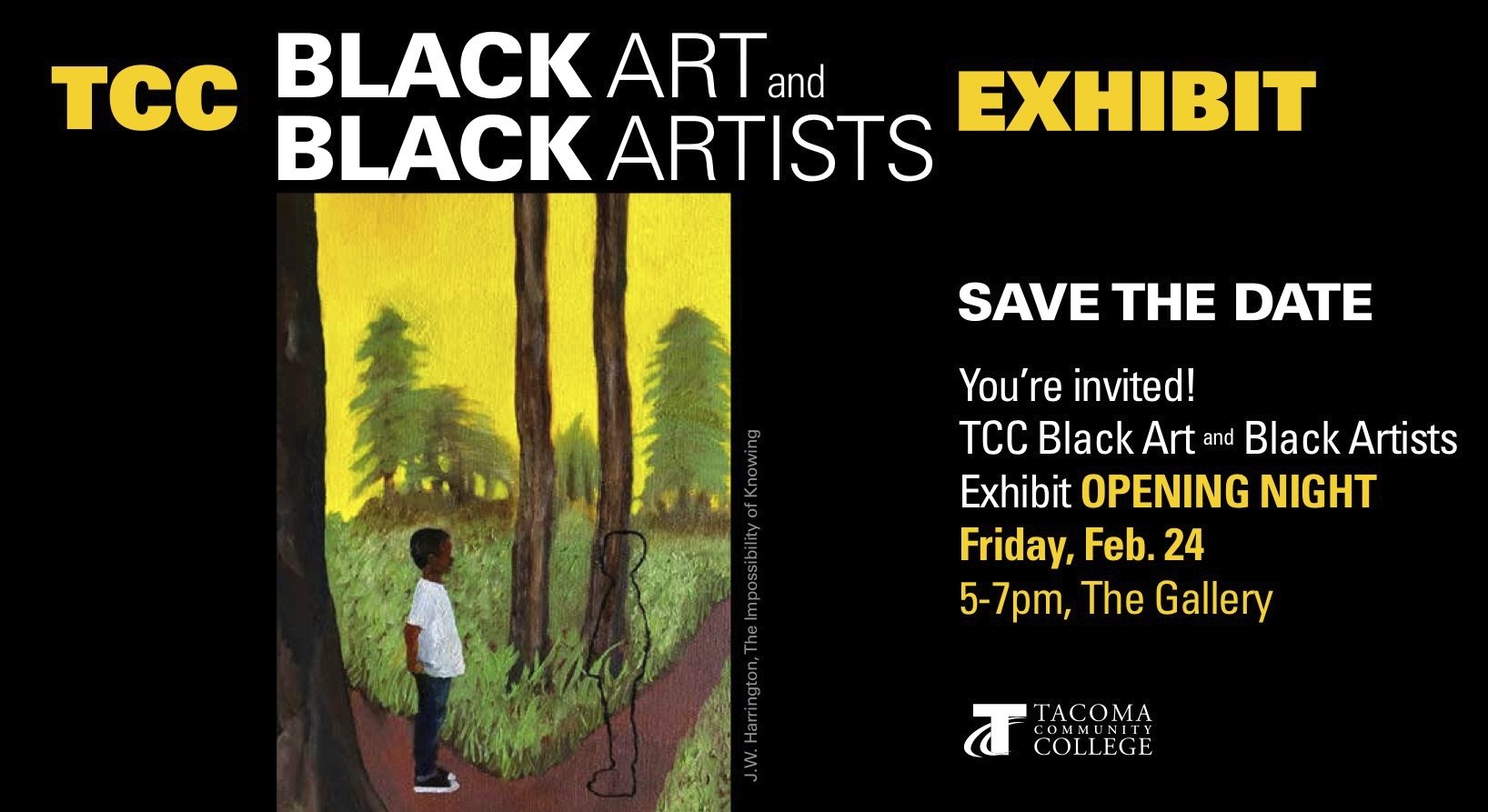Art of any discipline is communication:
• from the artist’s background, desires, and image-ination, filtered through
• the medium of words, notes, paint, clay – and the artist’s technical ability, to
• the reader, listener, or viewer – but filtered by their backgrounds, hopes, and knowledge.
Thus, arts of any sort are only completed when read, heard, or viewed. That’s one reason why galleries, museums, concerts, and readings are important: They help complete the communication for which art is produced.
However, the audience’s interpretation is aided by – but doesn’t require -- understanding the artist’s background, desires, and imagery. A poem, dance, composition, or painting must be able to speak for itself. But we usually get more of the communication if we understand the origins of the dance form, the conventions of the musical form, the methods, intent, and symbolism of the visual artist.
At a gallery reception or an artist’s talk, you have the opportunity to learn about artists’ background, desires, and imagery.
So please – in the midst of talking with each other, identify a work that captures you, find the artist, and learn more about their motivations. Take the time to come to an artist talk, or listen to a discussion about producing and presenting paintings, sculptures, plays, poems, novels, music.
